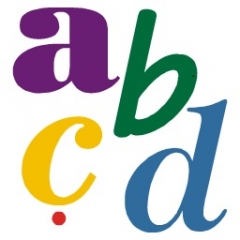I mentioned in my first post about BABS Directors Academy last month that I had a pile of notes about Greg’s thoughts on freedom in singing that deserved a post of their own in due course. The moment has come to revisit these and reflect on them.
This theme emerged when Greg was talking about the importance of the warm-up (something on which our hearts beat as one). His goal is to get the chorus in a certain spot, ‘vocally, mentally, spiritually,’ and will often undertake this himself. If you do delegate the warm-up, he added, you need to be sure that it is someone who really understands what you’re aiming for in this.
What I find so interesting with how Greg talks about his processes is that he so often starts with very practical matters – in this case, the Vocal Majority’s approach to vocal production – but these always connect into more holistic questions. So his discussion of how they focus on a sense of lift, both physically (cheeks, soft palate), and psychologically (imagine the sound coming from your hairline) morphed straight into considering the chorus’s emotional state.



